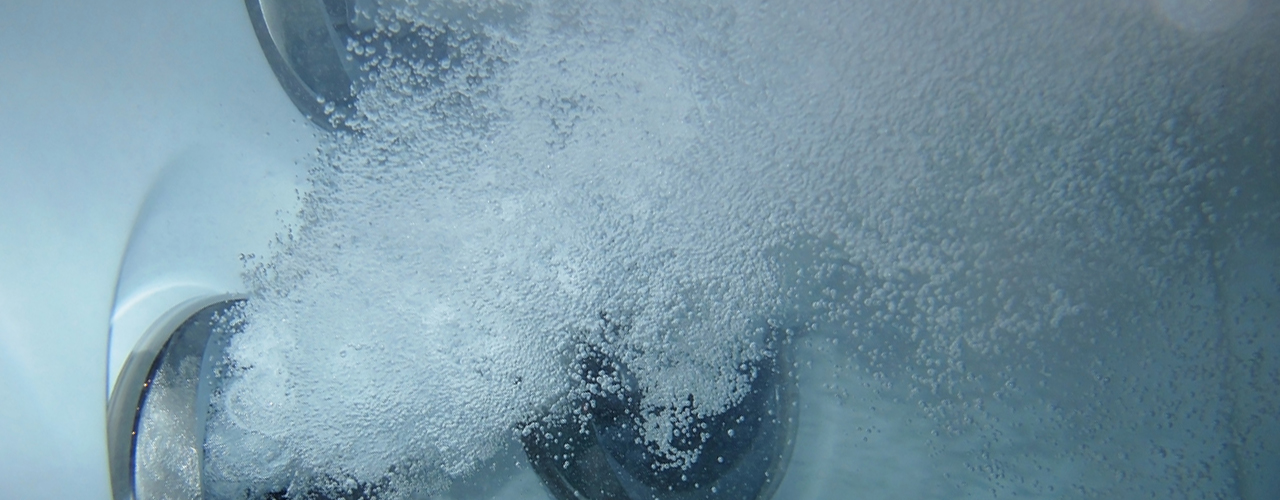Health Benefits of Hot Tubs
The heat, buoyancy and massage elements of a hot tub can provide a number of health benefits. People with nagging aches or pains, stiff muscles, circulation problems, headaches, sleep disturbances and chronic medical conditions like diabetes, chronic fatigue syndrome, fibromyalgia and arthritis may alleviate their symptoms and stimulate healing with hot tub therapy.
Stress Relief and Sleep Benefits
Hot tubs can relieve stress and improve sleep. The massaging jets and soothing heat help to reduce tension, which may make it easier to fall asleep. The weightlessness effect produced by the buoyancy of the water can also be relaxing. Sitting in a hot tub raises body temperature, and the drop in body temperature that occurs after getting out of a hot tub may also induce sleep. Studies suggest that spending 15 minutes in a hot tub 90 minutes before bedtime can lead to an improved night's sleep.
Muscle Relaxation and Joint Pain Relief
Massaging hot tub jets work to relax muscles and relieve pressure on nerves. In addition, the buoyancy provided by the water reduces body weight by 90 per cent, taking pressure off joints. Hydrotherapy in a hot tub can provide symptom relief to some people with arthritis and rheumatoid arthritis. The Arthritis Foundation notes that muscle relaxation, decreased pain and stiffness and increased ease of performing daily activities and exercises are all potential benefits from heat therapies such as soaking in a hot tub.
Chronic Pain and Fatigue Reductions
Hot tub therapy may help people with medical conditions that cause pain and fatigue. People with fibromyalgia and chronic fatigue syndrome (both chronic conditions characterized by all-over body pain, aches or fatigue) can get pain relief from soaking in a hot tub or engaging in light stretches while in the water.
Blood Pressure and Circulation
Heat from hot tubs can cause the blood vessels to open up (called vasodilation), which decrease blood pressure. The heat and massage ease blood flow and improve circulation, in addition to stimulating nerve impulses that boost the immune system and digestion.
According to the American Heart Association, individuals with high blood pressure who have been advised to refrain from other activities that cause vasodilation (such as exercise) should also avoid using hot tubs. You should also not drink alcohol or move back and forth between cold water and hot tubs as this can increase blood pressure.
Improvement of Type 2 Diabetes
Hot tub therapy involving up to 30 minutes a day, six days a week for at least three weeks is known to help individuals with type 2 diabetes lower their blood sugar, lose weight and improve their sleep patterns. Particularly for people who are unable to exercise, sitting in a hot tub may be an effective alternative. Those with diabetes need to exercise caution, however, as they may be more susceptible to get burns on their feet due to nerve damage caused by diabetes. Drops in blood sugar may also not be obvious until getting out of the tub so individuals are advised to leave the hot tub gradually to make sure they do not pass out.







